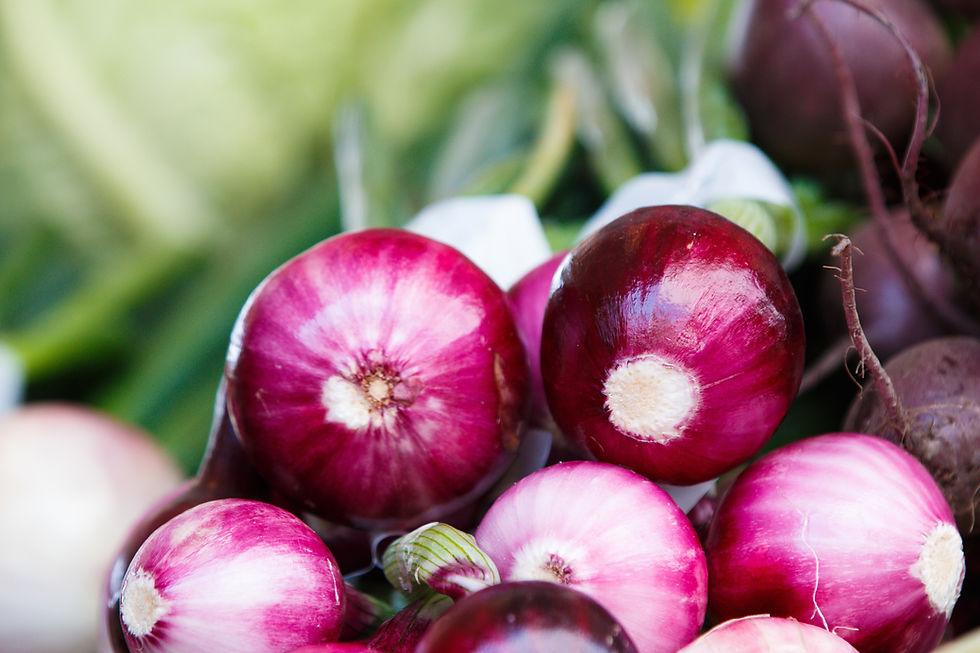What is MSG and Is It Safe to Consume?
- Claire Lee

- Jul 1
- 2 min read

MSG, a seasoning often found in Asian dishes, has been villainized for being more harmful to health than its familiar cousins, salt and sugar. Some people attribute headaches, nausea, and even heart palpitations to this condiment. But is it truly that much worse than other seasonings?
First, what is MSG? It’s a salt of sodium and glutamic acid that forms when ions of sodium and glutamate exchange electrons. While both components are found in natural sources including tomatoes, seaweed, and milk, for commercial use, MSG is produced by fermenting glucose. The result is a condiment often present in East and Southeast Asian cuisines that adds a pleasant savory flavor known as umami.
Fear around MSG arose in the late 1960s, after a doctor reported symptoms of illness after eating at Chinese restaurants. People began sharing similar cases of nausea and numbness, contributing to the myth that MSG was particularly unhealthy: the “Chinese Restaurant Syndrome."
But more recent research commissioned by the FDA indicates that this seasoning is safe to consume, as long as people avoid it in excess. Even kale would be unhealthy if you were to eat too much of it. Interestingly, some health professionals even recommend substituting salt for MSG as a way to retain flavor while reducing sodium intake!
MSG is no worse than other seasonings, and in the long run, stressing about its possible effects would be more harmful to health than consuming it in moderate amounts.
Claire Lee is a rising senior at Leigh High School in San Jose, California. She is currently a student researcher for miRcore, a non-profit working to democratize medical research for all. She has worked in a confectionary shop and is interested in baking and chocolate.
Are you working on a new food or beverage product? Interested in working with me and my team to get started?
Click on the button below to get in touch and set up a meeting today!


